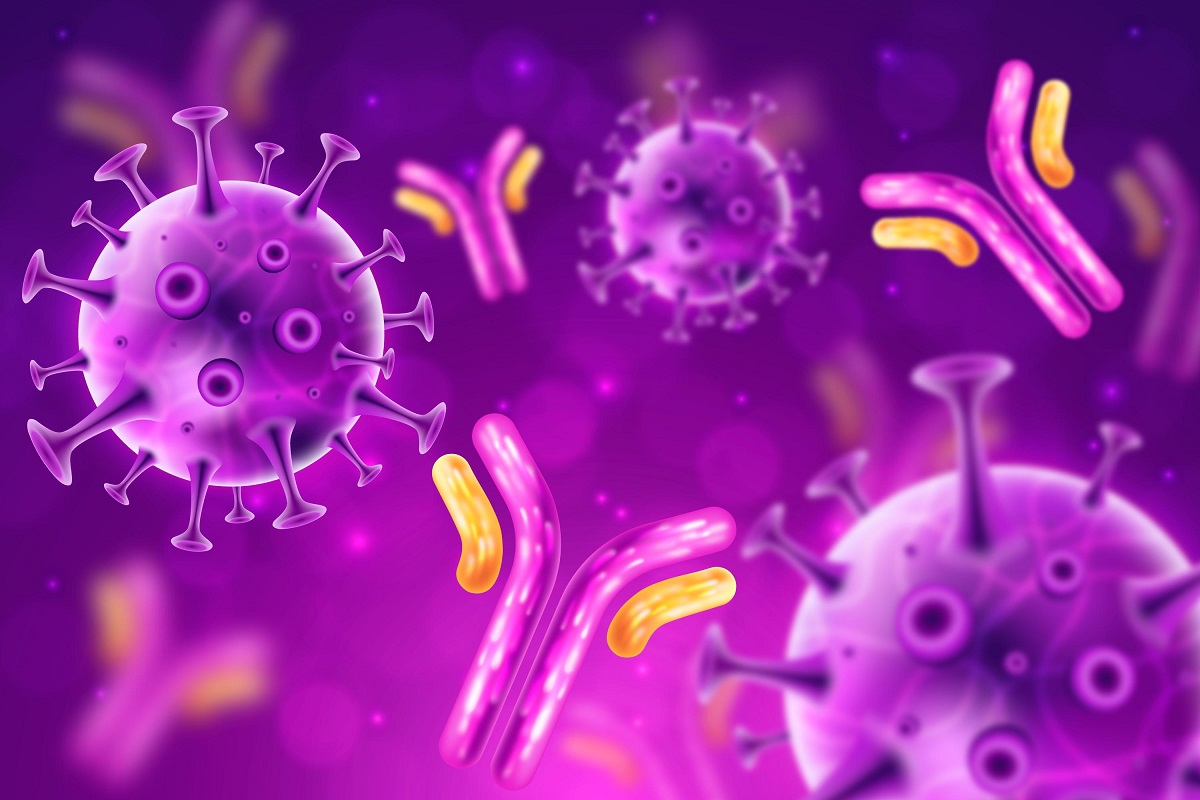KEY TAKEAWAYS
- The phase II trial aimed to present the first randomized data on erda compared to standard chemotherapy in BCG-resistant, high-risk, FGFR-mutated bladder cancer patients.
- The primary endpoint was RFS. Secondary endpoints were RFS rate and safety.
- The result demonstrated that erda prolonged RFS compared to chemotherapy with a safety profile consistent with known oral FGFR inhibitors.
Few options exist for high-risk non–muscle-invasive bladder cancer(NMIBC) after bacillus calmette-guérin(BCG) failure and for/refuse radical cystectomy(RC).
Erdafitinib (erda), targeting FGFR alterations, showed promising survival in advanced urothelial cancer, prompting an investigation in this setting.
For this study, researchers aimed to present the first randomized data on erda compared to standard chemotherapy in BCG-resistant, high-risk, FGFR-mutated bladder cancer patients.
Adult patients with recurrent, BCG-treated, papillary-only high-risk non-muscle-invasive bladder cancer (high-grade Ta/T1) and specific FGFR alterations, who declined or were ineligible for RC, underwent randomization in a 2:1 ratio to receive either 6 mg oral erda or the investigator’s choice of intravesical chemotherapy (mitomycin C or gemcitabine).
The primary endpoint was recurrence-free survival (RFS), with secondary endpoints including RFS rates at 6 and 12 months and safety assessment.
About 73 patients (median age: 69 years) were randomized to receive erda (n=49) or chemotherapy (n=24). Due to slow accrual, study enrollment was discontinued. The median follow-up for both groups was 13.4 months.
Median recurrence-free survival (RFS) was not reached for erda and was 11.6 months for chemotherapy, with an estimated hazard ratio of 0.28. The 6- and 12-month RFS rates were 96% and 77% for erda, respectively, compared to 73% and 41% for chemotherapy.
Grade 3-4 treatment-related adverse events (TRAEs) occurred in 31% and 4% of patients with erda and chemotherapy, respectively. About 14 (29%) patients on erda and none on chemotherapy had TRAEs leading to discontinuation. Central serous retinopathy occurred in 39% of erda-treated patients (Gr 1-2, 17 pts) and resolved in 58% of cases.
The result demonstrated that erda prolonged RFS compared to chemotherapy with a safety profile consistent with known oral FGFR inhibitors.
Clinical Trial: https://clinicaltrials.gov/study/NCT04172675
Catto JWF, Tran B, Roupret M, Gschwend JE, Loriot Y, Nishiyama H, Palou J, Daneshmand S, Hussain SA, Cutuli HJ, Procopio G, Guadalupi V, Vasdev N, Naini V, Crow L, Triantos S, Baig M, Steinberg GD. THOR-2 Cohort 1: Results of Erdafitinib (ERDA) vs Intravesical Chemotherapy (Chemo) in Patients with High-Risk Non–Muscle-Invasive Bladder Cancer (HR NMIBC) with Select Fibroblast Growth Factor Receptor Alterations (FGFRALT) Who Received Prior Bacillus Calmette-Guérin (BCG) Treatment. Annals of Oncology. 2023;34(suppl_2):S1254-S1335. doi: 10.1016/annonc/annonc1358



